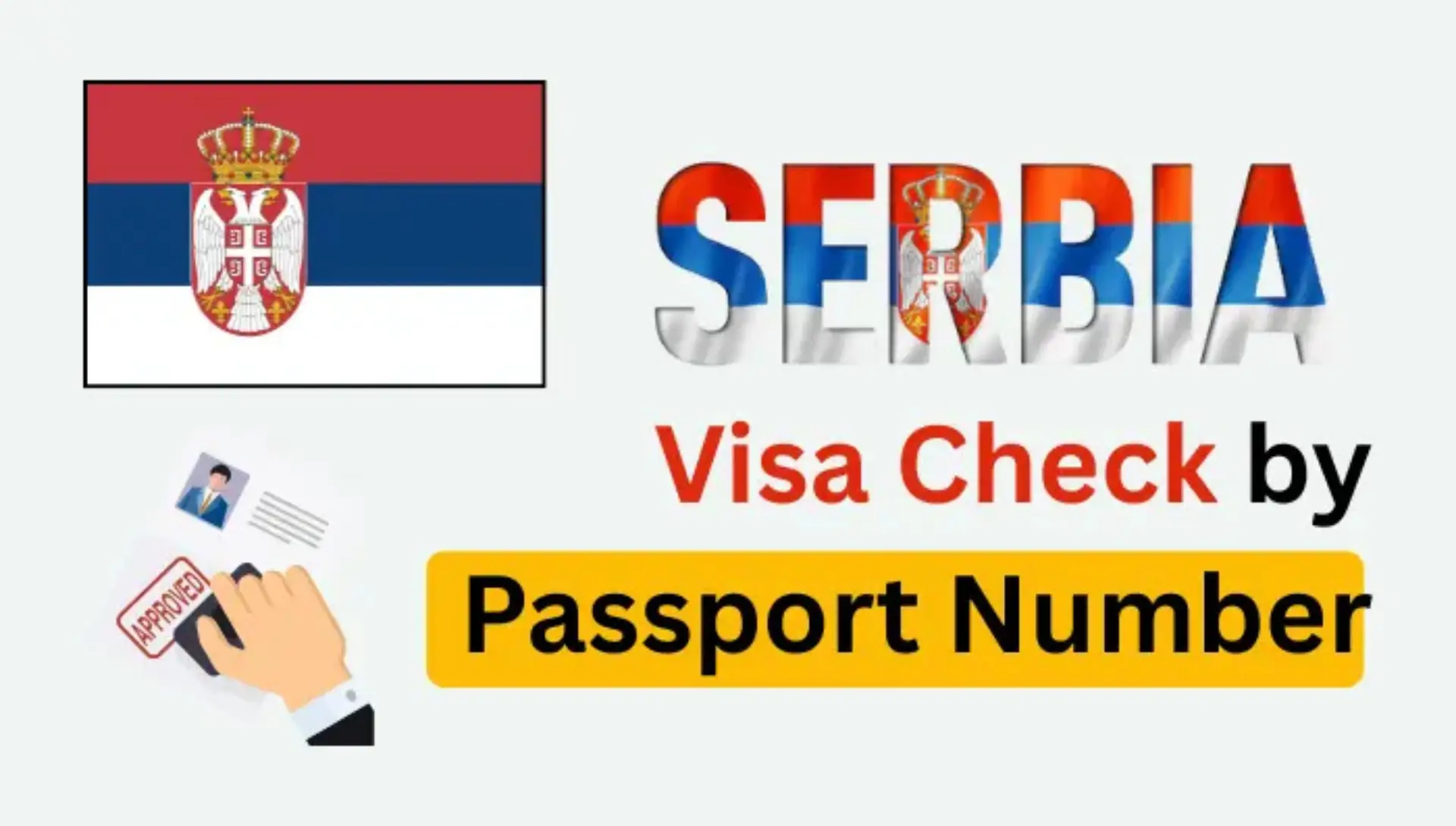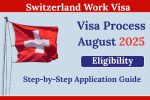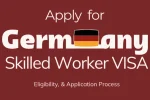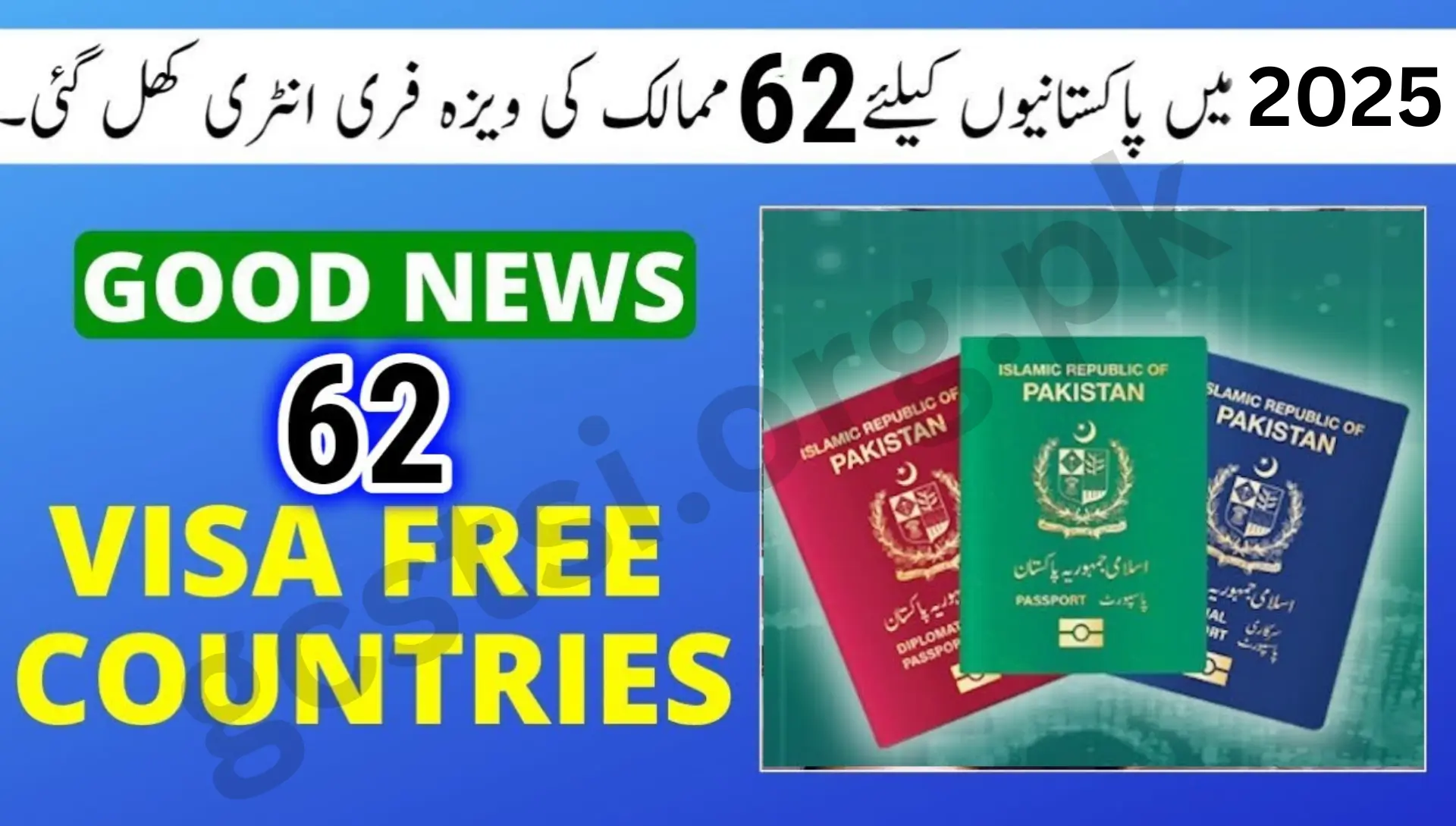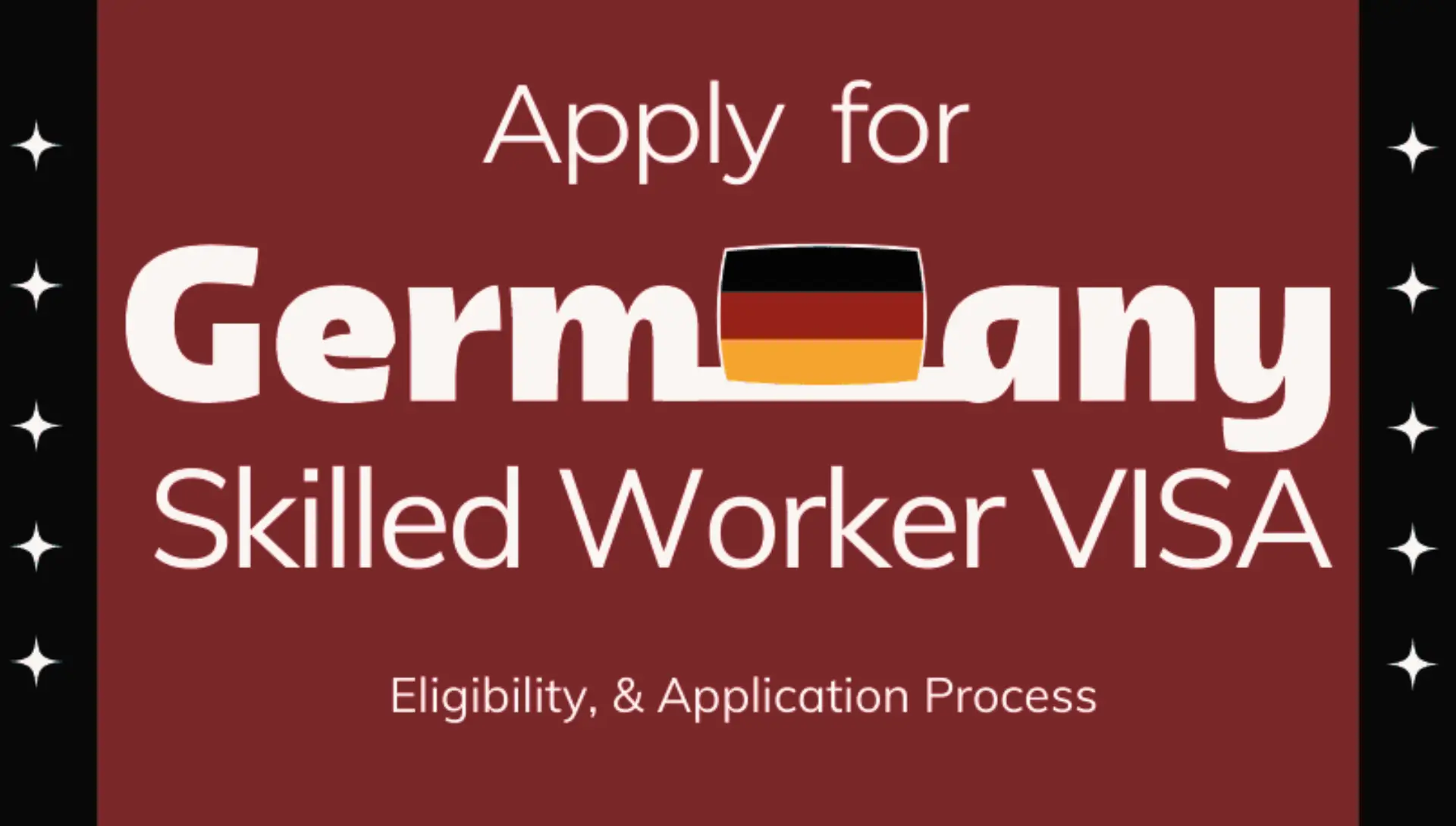Serbia Work Visa Process 2025: Step-by-Step Application Guide. Looking to work in Serbia in 2025? The Serbia work visa process has been streamlined and offers a clear path for non-EU experts, entrepreneurs and foreign workers to live and work in this fast-growing European hub. Below is a reader-friendly, step-by-step guide to help you navigate eligibility, documentation, application, and rights.
Why Choose Serbia for Work in 2025?
In recent years, Serbia has emerged as an attractive destination for skilled professionals and foreign workers due to several compelling reasons:
- Strategically located between Eastern and Western Europe, offering access to regional markets and industries.
- A growing economy, especially in sectors like IT, manufacturing, logistics, tourism and engineering.
- The Serbian government has introduced a new unified permit system and digital portals to make the work-visa process easier for foreigners.
- Competitive cost of living compared to many Western European countries, making relocation more affordable.
- For employers, the need for foreign expertise is rising, which opens up opportunities for non-EU and non-EEA citizens.
These factors make the “Serbia work visa process 2025” not only timely but also relevant for professionals seeking international employment.
Overview of the Serbia Work Visa & Permit System
Before diving into the detailed steps, it helps to understand the major visa and permit categories, and how they relate.
Visa D (Long-Stay) vs Visa C (Short-Stay)
- Visa C: A short-term visa issued for stays up to 90 days in a 180-day period (for tourism/business).
- Visa D: A long-stay visa for foreigners who intend to stay in Serbia for more than 90 days (typically for employment or residence).
Single Permit (Residence + Work)
Since 2024-2025, Serbia introduced a single permit system which allows foreigners to obtain combined temporary residence and work authorization under one document.
Work Permit / Employment Authorization
A work permit (or employment authorization) is required for non-Serbian nationals to legally work, even if they obtain the visa. The employer often must apply for this on behalf of the applicant.
Key Terminology & LSI Keywords
- Employment contract or job offer in Serbia
- Labour market test
- Temporary residence permit
- Non-EU / third-country national
- Foreign worker rights in Serbia
- Renewal of work visa/permit
- Path to permanent residence in Serbia
Eligibility Criteria for Serbia Work Visa 2025
To successfully navigate the Serbia work visa process 2025, you must meet certain eligibility requirements.
H3: What the candidate must have
- A valid employment contract or binding job offer from a registered Serbian employer.
- Relevant skills, qualifications or experience for the role offered.
- Proof that the employer attempted to recruit a local candidate (labour market test) if required.
- A valid passport (usually at least 6 months beyond intended stay) and willingness to reside legally in Serbia.
- Clean criminal record and good health (no medical conditions that would disqualify you).
- Proof of accommodation in Serbia and sufficient funds (or salary) to sustain your stay.
H3: What the employer must do
- Be a legally registered and authorised business in Serbia.
- Submit the labour market test or justification for hiring a foreigner.
- Apply for the work permit on behalf of the foreign employee (in many cases).
- Comply with employment, social security and labour law obligations.
H3: Who exactly needs it?
- Any non-EU/EEA citizen planning to move to Serbia for work and stay longer than 90 days.
- Foreigners entering Serbia to work via intra-company transfer, self-employment or project-based assignments.
Required Documents Checklist
Having all documents ready reduces delays and improves success chances. The following table summarises typical required paperwork for the Serbia work visa process in 2025.
| # | Document | Notes |
|---|---|---|
| 1 | Valid passport | At least six months validity recommended |
| 2 | Filled visa application form (Visa D) | If applicable at the embassy/consulate |
| 3 | Recent passport-size photographs | As per embassy requirements |
| 4 | Employment contract or official job offer | Signed by both employer and applicant |
| 5 | Proof of accommodation in Serbia | Rental agreement or employer-provided housing |
| 6 | Qualification certificates, diplomas, CV | Evidence of skills and experience |
| 7 | Health insurance valid in Serbia | Must cover the period of stay |
| 8 | Police clearance certificate (from home country) | Demonstrates clean criminal record |
| 9 | Proof of sufficient funds / bank statement | Or salary from employer |
| 10 | Proof of employer’s registration & labour market test | Employer must show compliance |
| 11 | Visa fee receipt & application tracking | Keep copies for reference |
Sources confirm these documents and more may be required depending on your home country and visa type.
Step-by-Step Application Process for Serbia Work Visa 2025
Here is a clear step-by-step breakdown of the Serbia work visa process in 2025.
Step 1 — Secure a Job Offer or Employment Contract
First, you must get a job or contract from a Serbian employer. The employer may need to be registered with the National Employment Service (NES) of Serbia and must be willing to initiate the work permit process.
Step 2 — Employer Submits Labour Market Test / Work Permit Application
Once you have the contract, your employer initiates the labour market test (to show no local candidate could fill the role) and applies for the work permit on your behalf via the NES / relevant labour authority.
Step 3 — Apply for Visa D at the Serbian Embassy/Consulate (if required)
After work permit approval (or in some cases concurrently), you apply for a long‐stay Visa D for employment purposes at your local Serbian embassy/consulate. If your country is visa-exempt, you may instead apply directly for residence + work permit.
Step 4 — Enter Serbia and Apply for the Single Permit (Residence + Work)
Upon arrival (or if already in Serbia) you must apply for the “single permit” which combines residence and work rights. This is generally done electronically or in person at the immigration police / foreigners’ office.
Step 5 — Receive Approval & Begin Legal Employment
Once the single permit (or equivalent residence-plus-work permit) is granted, you may commence employment legally in Serbia. Ensure your contract, permit and residence status are valid.
Step 6 — Renewal & Long-Term Rights
Work permits and residence permits often last up to 12 months (sometimes up to 3 years under the new system) and are renewable. After a certain period of continuous stay you may qualify for permanent residence or even citizenship.
Processing Time, Costs & Other Practical Details
Processing Time
- The standard approval for the single residence + work permit is around 15 days from complete submission.
- Work permit processing often takes 4-6 weeks on average.
- According to some sources, processing time in 2025 has been reduced to ~19 working days in some cases.
Fees & Validity
- Permit fees vary depending on type; typical admin fees approx EUR 100 or local equivalent.
- Validity: Many work permits are valid up to one year and renewable; single permits may be issued for up to 3 years under the updated system.
Important Practical Tips
- Apply as early as possible—especially your employer’s work permit submission so you avoid delays.
- Confirm that your employer is properly registered and has authority to hire foreign nationals.
- Maintain photocopies of all submitted documents and keep proof of payment of fees.
- Ensure your accommodation and health insurance are valid for the duration of stay.
- If changing employer or role, check your permit terms—many changes require a new permit.
Rights, Privileges & Pathways After Arrival
Once you hold the valid work permit / single permit, you gain several rights:
- Legal right to live and work in Serbia under the terms of your permit.
- Access to open a bank account, register for taxes and social security.
- Possibility of family reunification (under certain conditions) and later apply for permanent residence.
- After a period of uninterrupted legal stay (often 3-5 years depending on the rule) you may apply for permanent residence—and ultimately naturalisation.
Common Reasons for Visa/Permit Rejection & How to Avoid Them
Typical Reasons for Denial
- Missing or incomplete documentation (e.g., missing police clearance, qualification certificates)
- Employment contract invalid or employer not authorised to sponsor foreign nationals
- Employer failed labour market test or didn’t demonstrate local candidate shortage
- Candidate has criminal history, health issue, or insufficient funds
- Non-compliance with correct visa category or applying too late
How to Prevent Issues
- Double-check every document: passport, job offer, insurance, accommodation, etc.
- Ensure your employer initiates the labour market test and submits correct work permit forms.
- Maintain communication with employer and immigration office regarding application status.
- Avoid entering Serbia on the wrong visa type—always match your purpose (employment) with the correct visa/permit.
- Keep copies of receipts, submitted forms and track application progress.
Key Sectors Open to Foreign Workers in Serbia in 2025
According to industry trends and employer demand, here are some sectors where foreign professionals may find opportunities:
- Information Technology (software development, IT services)
- Manufacturing & industrial production
- Construction and engineering projects
- Agriculture, food processing
- Healthcare, medical services
- Tourism, hospitality & service industries
- Logistics and transportation
- Language training, education, tutoring
These sectors often support foreign hires due to skill shortages and international business expansion.
FAQs
Q1. Can I enter Serbia on visa-free status and then apply for a work permit?
Yes — if your nationality is exempt from visa requirements, you may enter Serbia and then apply for a residence + work permit (single permit) rather than applying for Visa D abroad.
Q2. How long can I stay and work with a Serbia work visa?
Typically, initial permits are valid for up to 12 months and can be renewed. Under the updated system, single permits may be issued for up to 3 years.
Q3. Do I need a separate residence permit if I have a work visa?
Under the single permit system, no separate residence permit is needed — the document covers both employment and residence rights. However, process depends on nationality and duration of stay.
Q4. Can I switch jobs under the same permit?
Changing your employer, role or location often requires a new permit or at least notifying the authorities. Always check terms of your permit.
Q5. What is the path to permanent residence or citizenship in Serbia?
After several years (commonly 3-5 years) of continuous legal stay under a valid permit, you may apply for permanent residence — citizenship follows later under Serbian naturalisation rules.
Conclusion
In summary, the Serbia work visa process 2025 offers a well-structured and increasingly foreigner-friendly path for skilled professionals, entrepreneurs and workers seeking employment in Serbia. From securing a job offer, following employer-led work permit steps, applying for the correct visa, to obtaining a single residence-and-work permit each stage is manageable as long as you stay organised and compliant.

